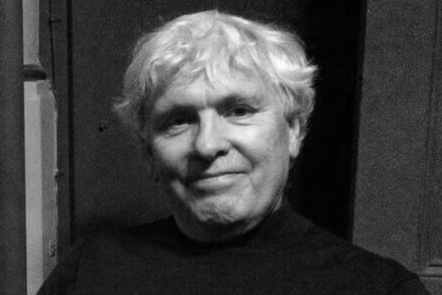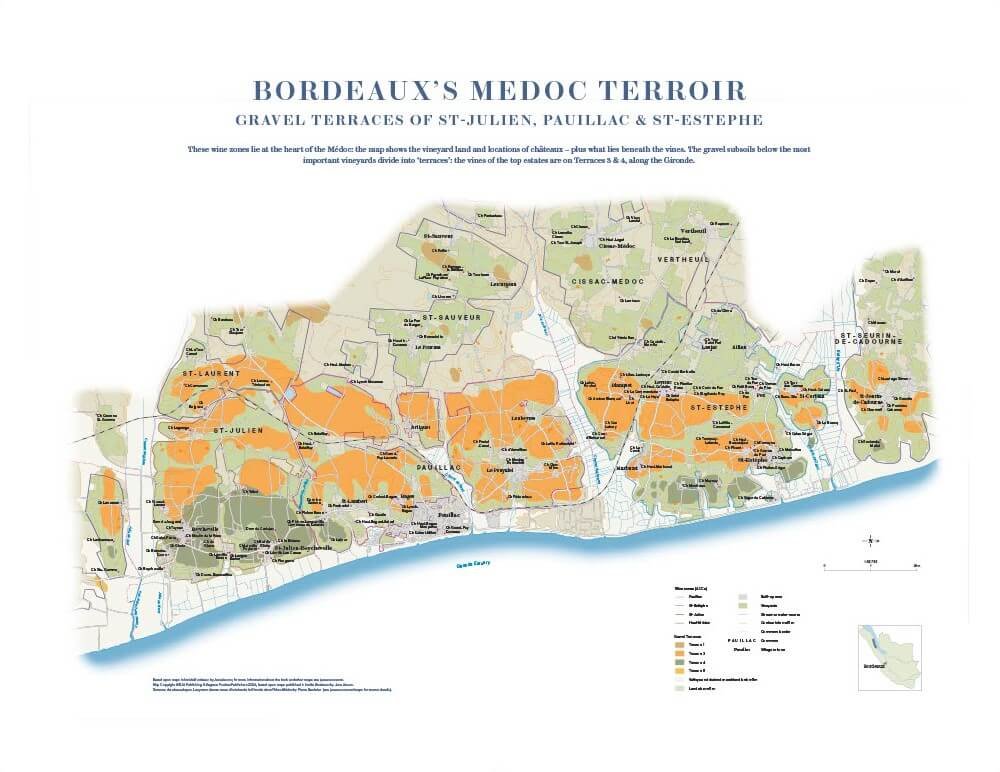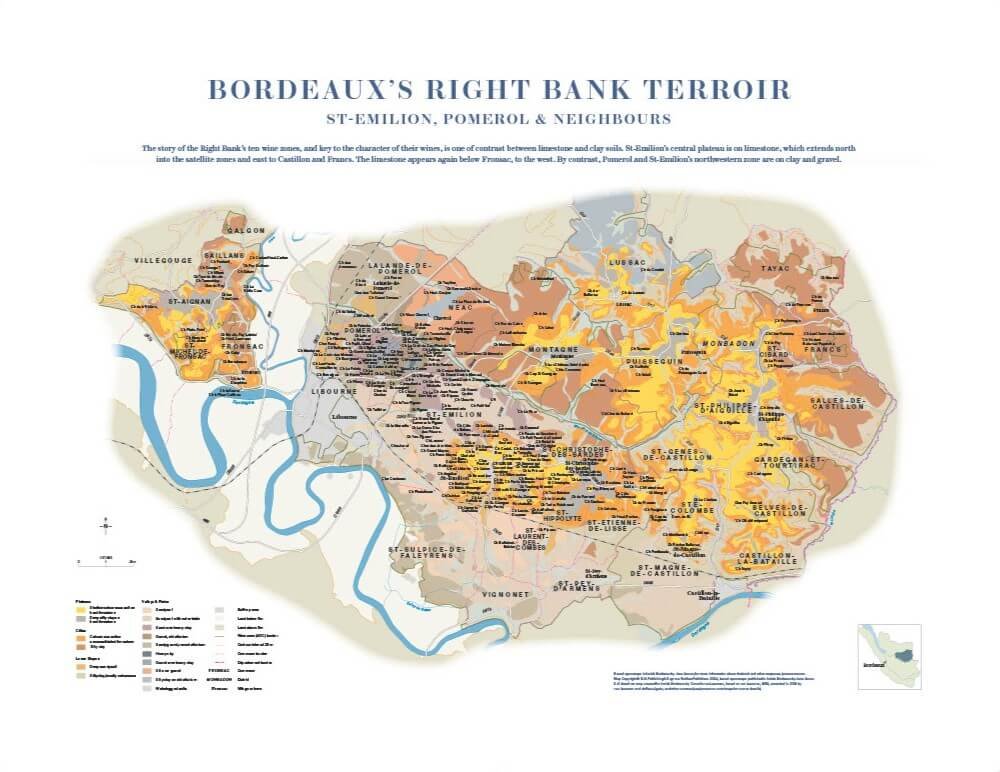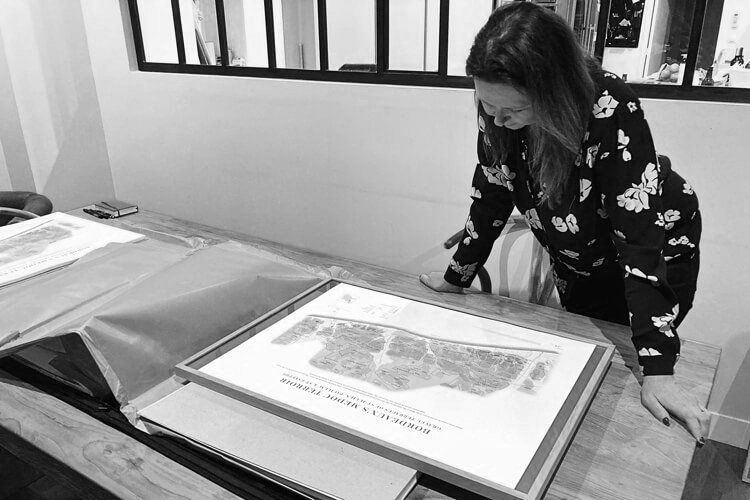▻ Wine Maps
In conversation with Chris Foulkes
Episode Summary:-
When did the first wine maps appear? How do you go about constructing a wine map for a new region? Where do you get the base material? Sarah Kemp talks with Chris Foulkes, who arguably has had more experience in producing wine maps than anyone, about this fascinating view, literally, of the world of wine. Chris was the publisher at Mitchell Beazley who oversaw the third edition of Hugh Johnson’s “World Atlas of Wine” in 1985, the first time that the maps had been produced in full colour, a major step: “A quarter of a million pounds, just the work actually done to create the maps before we printed, bound and sent it round the world.” Chris left Mitchell Beazley after the two founders died tragically young, and set up Seagraves Foulkes with his wife Carrie, and went on to publish, amongst others, a world wine encyclopaedia with Larousse, the Bordeaux Atlas and, more recently, “Inside Burgundy” with Jasper Morris MW and “Inside Bordeaux” with Jane Anson.
“Sometimes you insert errors, because the point about maps is that they get stolen.””
He explains that the first people who made wine maps were the estate owners – wine maps have existed in different formats since the Middle Ages. Whilst publishing a book on Château Latour, he found maps going back to 1756 and the planting plan showing where the Cabernet Sauvignon and Merlot were in 1855. The French cartographer César-François Cassini de Thury created topographic maps in the 18th century for France, mapping all the wine districts. In Portugal, an Englishman, Baron Forrester, mapped the Douro, and British wine writers began to include wine maps in books in the 19th century. The major breakthrough, though, was Hugh Johnson’s “World Atlas of Wine,” which was first published in 1971 and revolutionised how wine lovers interpreted countries and regions.
Chris reveals the many challenges in producing the maps, for example, the base material with the contours and rivers for “Inside Bordeaux” were taken from a German Air Force map in 1943! (They wore accurate than anything the French had.) Italy proved problematical – “I never found any sensible maps of Italy,” he says, as the DOCs were all produced at a local level. Technology has been of great assistance, but before it existed, Chris recalls sending a young man on a bicycle around the Medoc to check the boundaries of estates. Maps are valuable too. With the “World Atlas of Wine,” he deliberately introduced six errors “Sometimes you insert errors, because the point about maps is that they get stolen.” He is proud of the fact that no one has spotted the six intentional errors yet.
Jane Anson’s “Inside Bordeaux” threw new challenges, as Jane wanted to show the terroir of Bordeaux. She worked with leading scientific consultant Professor Cornelis van Leeuwen to show how the soils beneath the châteaux differed. Van Leeuwen found 36 different soil types in Saint Emilion, which had to be reduced to 16 profiles in the book, and gatefolds were produced showing soils on one page and the position of the châteaux on the other, a useful orientation. Now two of the maps, the Right Bank and the Medoc, have been turned into a series of limited-edition prints, with – for the first time – the soil and position of the châteaux combined. A limited number are going on sale on Jane Anson’s website, www.janeanson.com.
Running Order:-
-
0.00 – 10.02
“When we did the Bordeaux Atlas, we actually hired a very nice young man on a bicycle who pedalled round the Medoc.“
– Who created the first wine maps.
– Discovering wine maps at Château Latour going back to 1756.
– The challenges producing maps for Hugh Johnson’s “World Atlas of Wine” .
– German Air Force 1943 map used as base material for Bordeaux maps. -
10.03 – 21.47
“Sometimes you insert errors because the point about maps is that they get stolen.”
– The process of making a map.
– The cost of making the maps for the third edition of the “World Atlas of Wine” .
– Inserting errors into maps to protect copyright.
– Creating the terroir maps for “Inside Bordeaux” .
– The new limited-edition prints of the Medoc and the Right Bank from Jane Anson.
RELATED POSTS
Keep up with our adventures in wine









The second part of our deep-dive into Bordeaux 2023 – a vintage Bordeaux lovers will love.